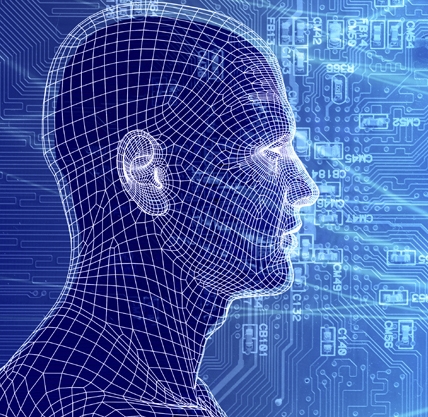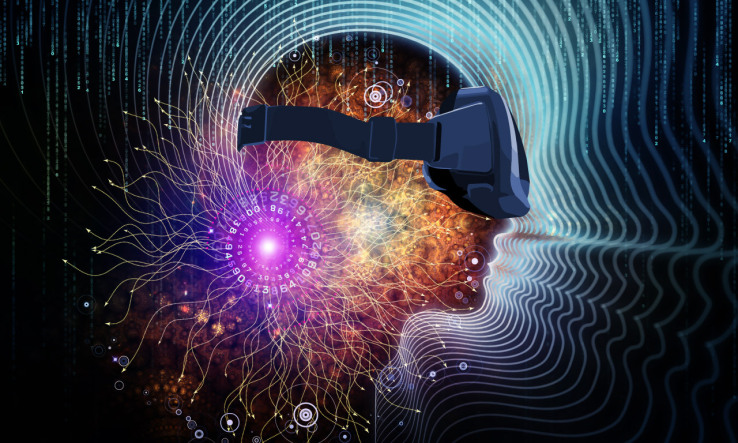Even with all of the progress we’ve made in the past couple of years, virtual reality is still…well, virtual. But start-up Ultrahaptics is planning to change that, by using ultrasound technology to make virtual objects feel as realistic as real objects.

According to Ultrahaptics co-founder Tom Carter, computer science graduate student at the University of Bristol, his company’s technology could be used to improve numerous touch-free devices that allow users to interact with virtual realities, such as Kinect or Microsoft Leap devices. Their technology reflects air pressure waves off your hand, making it feel like you really are interacting with whatever virtual object you happen to be touching.
Carter and co are presenting a paper on their research and its applications during this year’s ACM CHI Conference on Human Factors in Computing System, which began in Toronto on the 26th of April. Their paper explores how well people can sense ultrasonic haptic feedback on their hands, on both specific parts of the hand and as a continuous motion.

Their study focused on how well people could pinpoint differences in how they felt feedback in 25 different areas of the hand, information Carter claims will eventually be able to form shapes around your hand—giving the illusion that you are “touching” that particular shape or object.
As Carter is essentially working with vibrating air, he and his start-up still have a long way before they create such technology. When they get to that point, they hope to eventually miniaturize it, to build several prototypes that customers will be able to try with their different systems.
Source MIT Tech Review.
Advertisement





